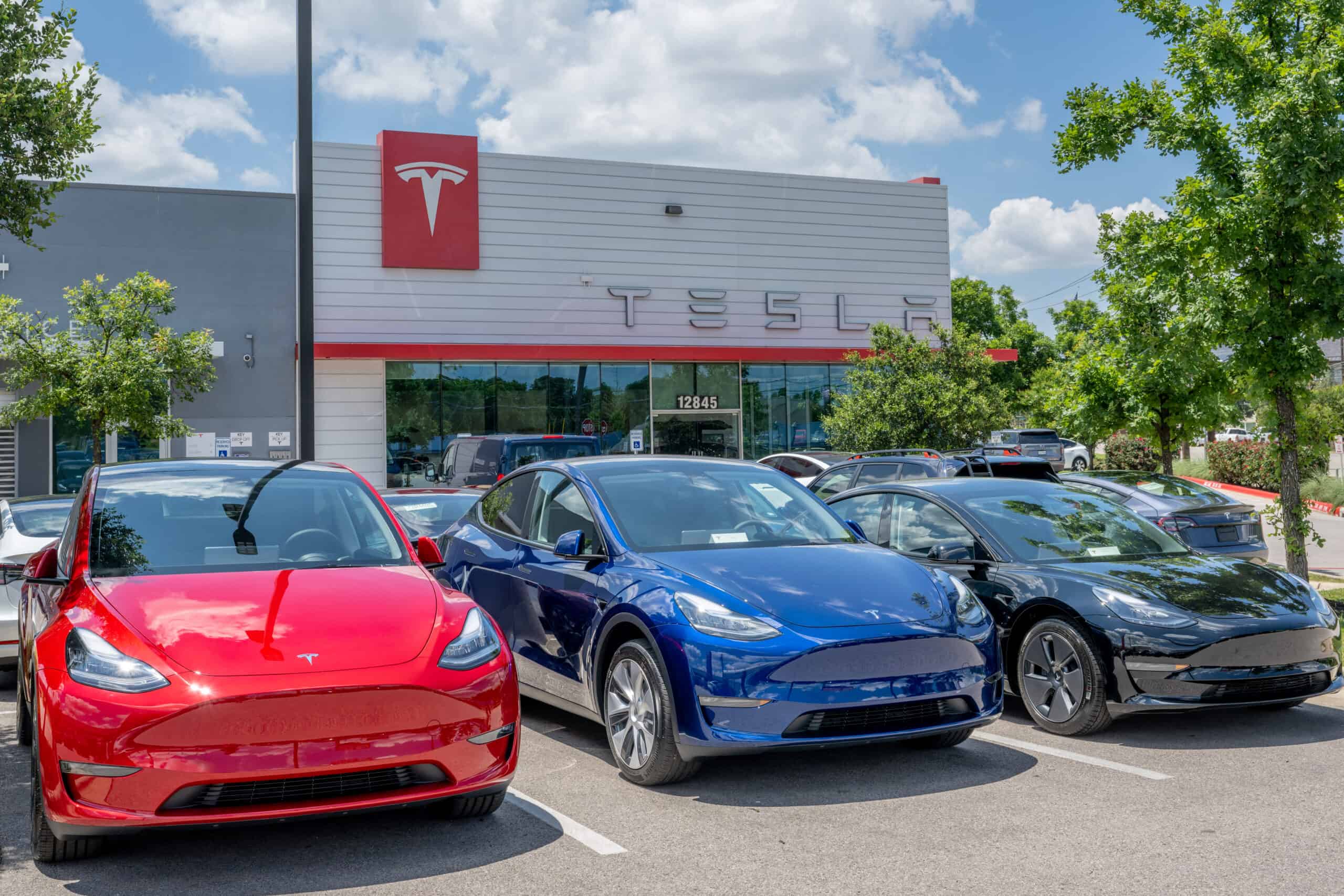
"Electric vehicles first gained popularity in the early 1900s. Around this time, notable inventor Thomas Edison worked on creating an affordable electrical car. However, the availability and affordability of the Model T rendered these early EVs irrelevant. Other major EV developments beginning in the 90s included the GM EV1, the Toyota RAV4 EV, and the Honda EV Plus. Then, in 2006, Elon Musk announced that Tesla Motors would begin production of an electric sports car capable of traveling 200 miles on one charge."
"When it comes time to buy a new car, many environmentally conscious minds are turning to electric vehicles. However, many are still resistant to buying fully electric cars, due to lack of convenient charging stations and high prices. One of the biggest reasons consumers previously shied away from all electric automobiles was the range offered by these non-gas-guzzling cars. Drivers feared they would suffer major inconveniences if they had to pull over and charge their cars in the middle of their day."
Electric vehicles originated in the early 1900s and saw renewed development with models like the GM EV1, Toyota RAV4 EV, and Honda EV Plus. Tesla's 2006 announcement spurred broader consumer and manufacturer interest, followed by mainstream entrants such as the Chevy Volt and Nissan LEAF in 2010. Range anxiety, limited charging infrastructure, and higher prices have continued to deter some buyers. EV range has improved substantially since the 2010s, with average new EV range near 291 miles and multiple models now exceeding 320 miles per charge. U.S. EV sales share rose from about 4% in 2020 to 7.6% in 2023.
Read at 24/7 Wall St.
Unable to calculate read time
Collection
[
|
...
]